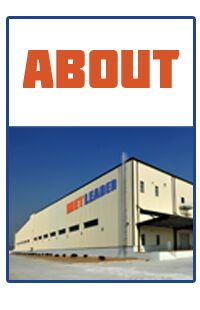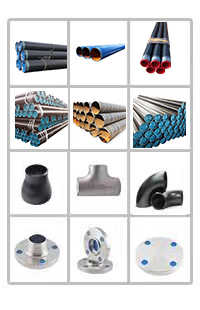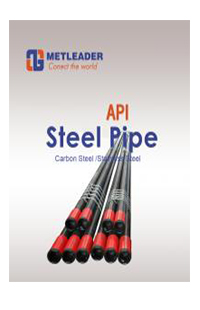Production of pipeline steel alloy pipe fittings and application of carbon steel pipe fittings
The production of pipeline steel alloy pipe fittings has almost applied new achievements in process technology in the metallurgical field for more than 20 years. The development trend of pipeline engineering is the large-diameter, high-pressure rich gas transportation, high cold and corrosive service environment, and the thickening of submarine pipelines. Therefore, modern pipeline steels should have high strength, low cladding effect, high toughness and resistance to brittle fracture, low weld carbon and good weldability, and resistance to HIC and H2S corrosion. The optimized production strategy is to improve the cleanliness and uniformity of the steel, C ≤ 0.09%, S ≤ 0.005%, P ≤ 0.01%, O ≤ 0.002%, and adopt microalloying, vacuum Degassing + CaSi, light reduction in continuous casting process, multi-stage thermomechanical rolling and multi-functional intermittent accelerated cooling.
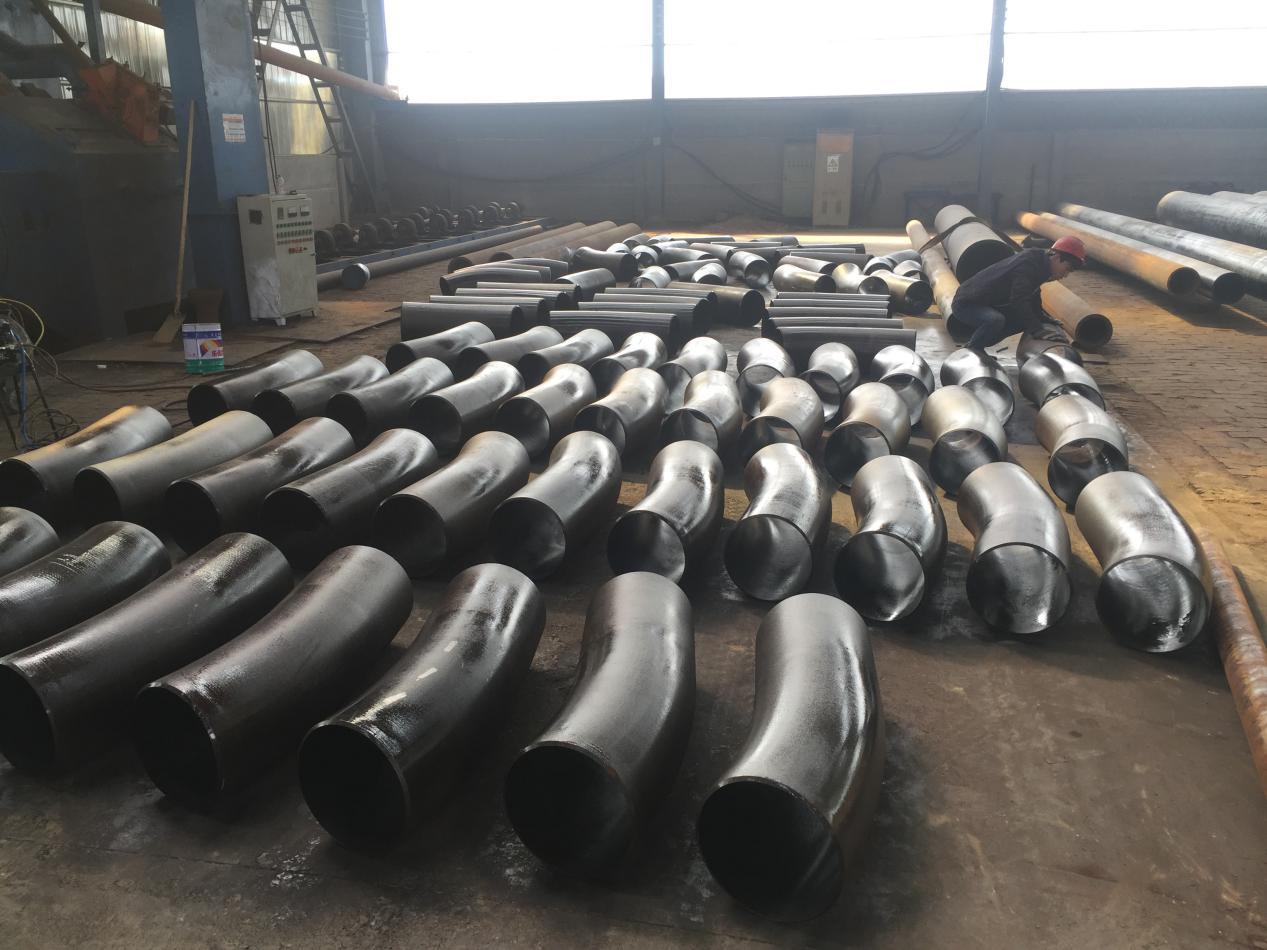
Alloy pipe raw material of alloy pipe is divided into structural seamless pipe and high-pressure heat-resistant alloy pipe fittings. Mainly different from the production standard of alloy tube and its industry, the alloy tube is annealed and tempered to change its mechanical properties. Achieve the required processing conditions. The performance of the seamless steel pipe is higher than that of the general seamless steel pipe. The chemical composition of the alloy pipe contains more Cr, high temperature resistance, low temperature resistance and corrosion resistance. The carbon seamless pipe contains no alloy composition or few alloy components. The reason why the alloy pipe is widely used in petroleum, aerospace, chemical, electric power, boiler, military and other industries is because the mechanical properties of the alloy pipe are changed and adjusted.
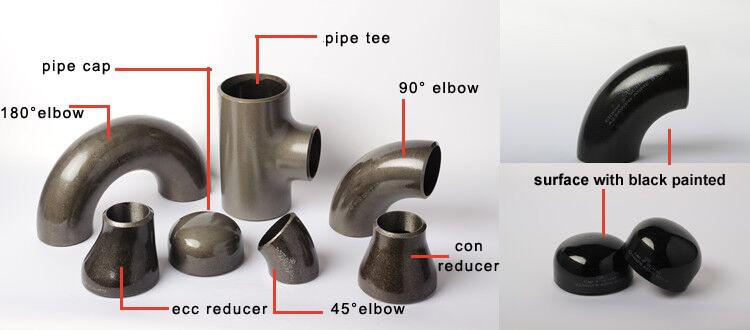
Carbon steel pipe fittings are used for the connection of pipe bends. Connect two pipes of the same nominal diameter to make the pipe turn at an angle. Dividing carbon steel pipe parts, cast steel elbows, alloy steel elbows, stainless steel elbows, copper Elbows, aluminum alloy elbows, etc. Elbows can be said to be used in all walks of life. Carbon steel pipe fittings are constantly innovated in the process design and connection process, and need to adopt important standard design functions in the actual operation.
Alloy steel fittings are commonly categorized into two main types based on their alloy composition: Low Alloy Steel and High Alloy Steel.
What is Low Alloy Steels?
Low alloy steels are characterized by containing less than 5% of elements other than iron and carbon. These steels typically have a carbon content ranging from 0.05% to 0.3%. The low carbon content makes them more ductile and easier to weld compared to high carbon steels. Low alloy steels also possess good machinability, formability, and toughness.
Another advantage of low alloy steels is their fine grain size, which enhances mechanical properties such as tensile strength, yield strength, and impact resistance. However, they may not be suitable for applications requiring high temperature or pressure due to their lower strength compared to high alloy steels.
What is High Alloy Steels?
High alloy steels contain more than 5% of alloying elements other than iron and carbon. These elements can include chromium, nickel, molybdenum, vanadium, tungsten, cobalt, or other metals that enhance properties like corrosion resistance or hardness.
High alloy steels typically have a higher carbon content, ranging from 0.3% to 1.5%, making them harder and more wear-resistant than low alloy steels. However, this higher carbon content also makes them more brittle and challenging to weld.
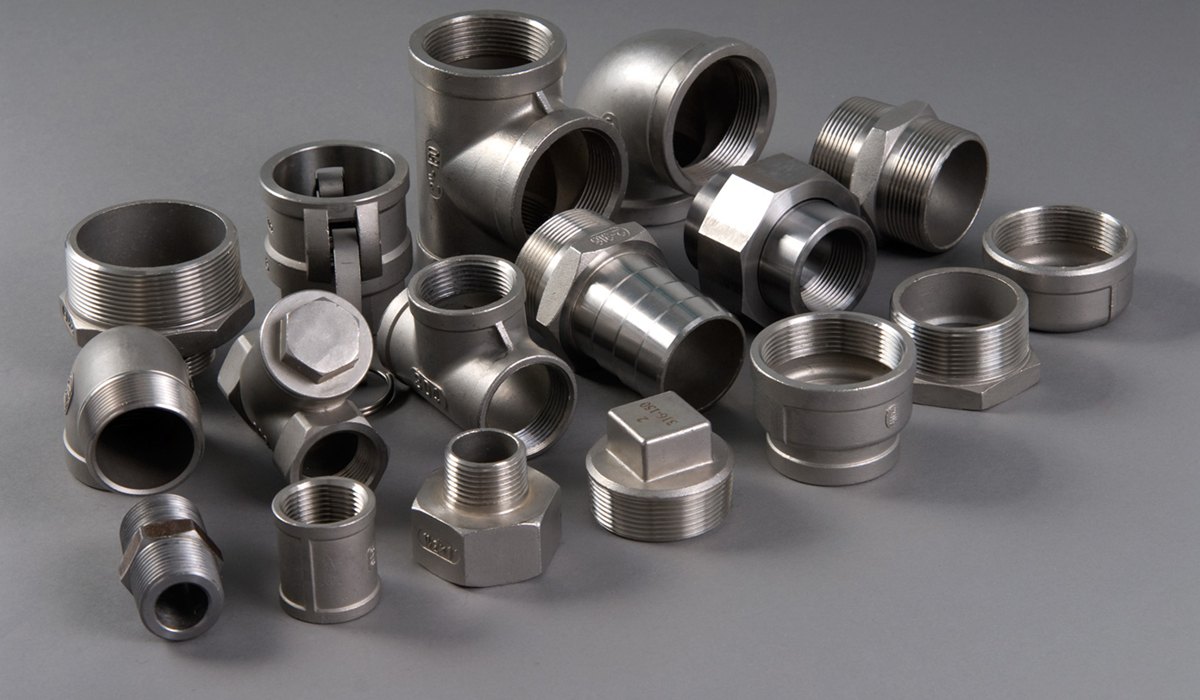
Pipeline steel alloy pipe fittings are continuously improved with the pipeline conveying pressure, and the oil and gas conveying steel pipe is also rapidly developed toward the high steel grade. In the developed countries, the X52 steel grade was generally adopted in the 1960s. The X60-X65 steel grade was widely used in the 1970s. In recent years, the X70 was the main one, while the domestic urban pipe network was mainly X52 and X65. The domestic main line gas pipeline has a large pressure of 10 MPa, and the large diameter can reach Ф1016~1219mm. It is mainly applied to X65 and X70. X80 is also used, but the dosage is not much. With the extension of domestic gas pipelines and the pressure of demand, X70 and X80 will become mainstream pipeline steel.

Alloy pipe raw material of alloy pipe is divided into structural seamless pipe and high-pressure heat-resistant alloy pipe fittings. Mainly different from the production standard of alloy tube and its industry, the alloy tube is annealed and tempered to change its mechanical properties. Achieve the required processing conditions. The performance of the seamless steel pipe is higher than that of the general seamless steel pipe. The chemical composition of the alloy pipe contains more Cr, high temperature resistance, low temperature resistance and corrosion resistance. The carbon seamless pipe contains no alloy composition or few alloy components. The reason why the alloy pipe is widely used in petroleum, aerospace, chemical, electric power, boiler, military and other industries is because the mechanical properties of the alloy pipe are changed and adjusted.

Carbon steel pipe fittings are used for the connection of pipe bends. Connect two pipes of the same nominal diameter to make the pipe turn at an angle. Dividing carbon steel pipe parts, cast steel elbows, alloy steel elbows, stainless steel elbows, copper Elbows, aluminum alloy elbows, etc. Elbows can be said to be used in all walks of life. Carbon steel pipe fittings are constantly innovated in the process design and connection process, and need to adopt important standard design functions in the actual operation.
Previous:Ally steel pipes, fittings and flanges finished delivery
Next:Points for attention in slip on flange
Next:Points for attention in slip on flange







